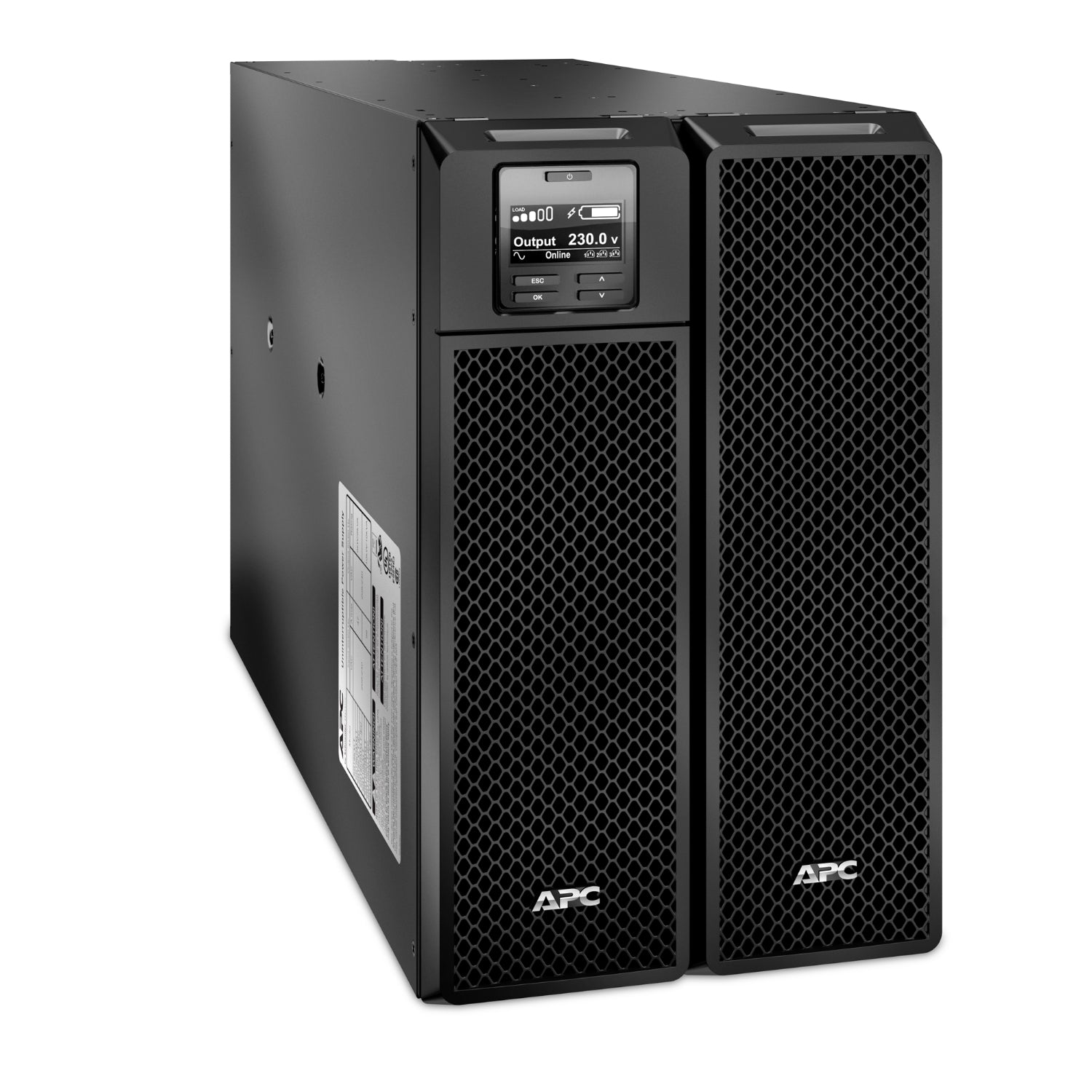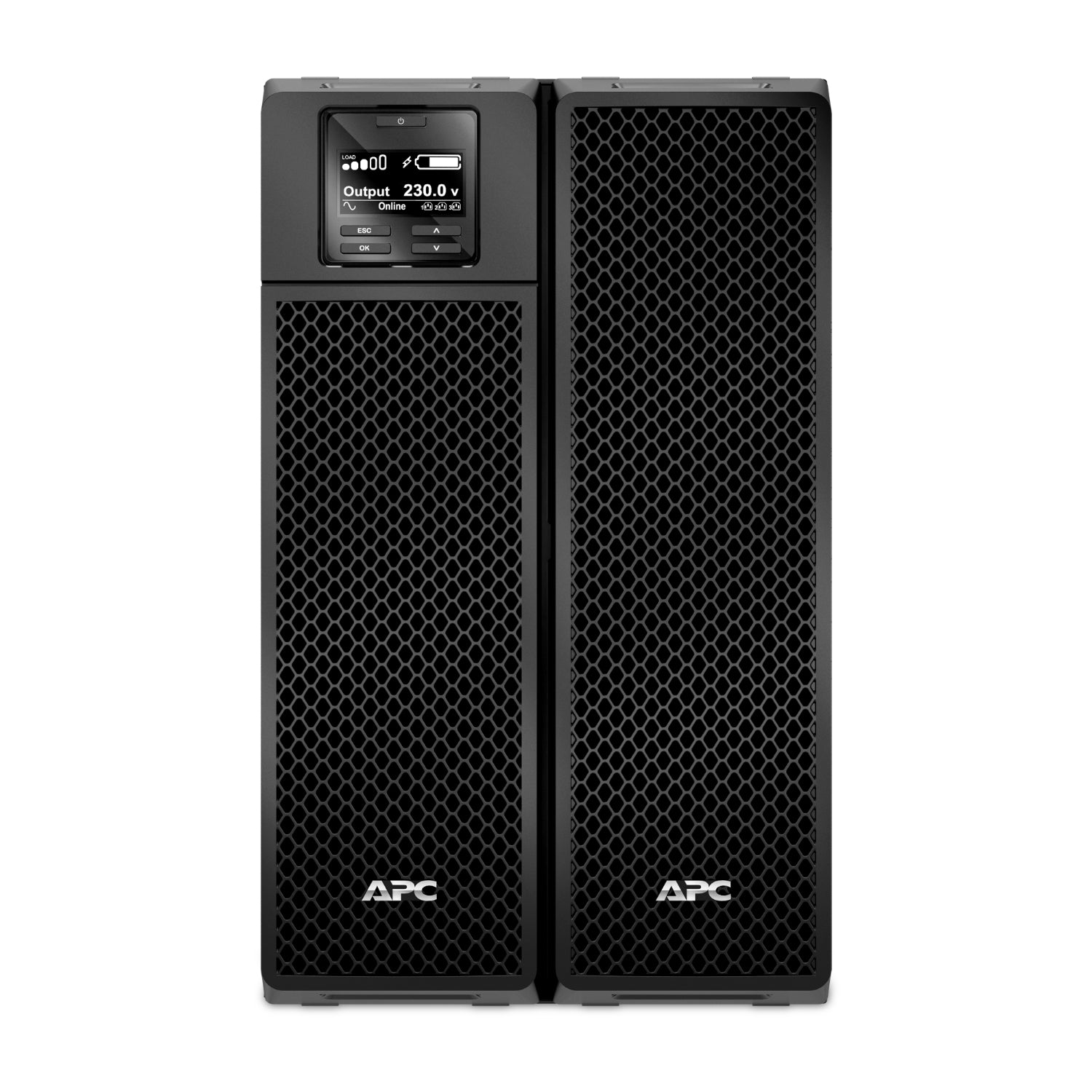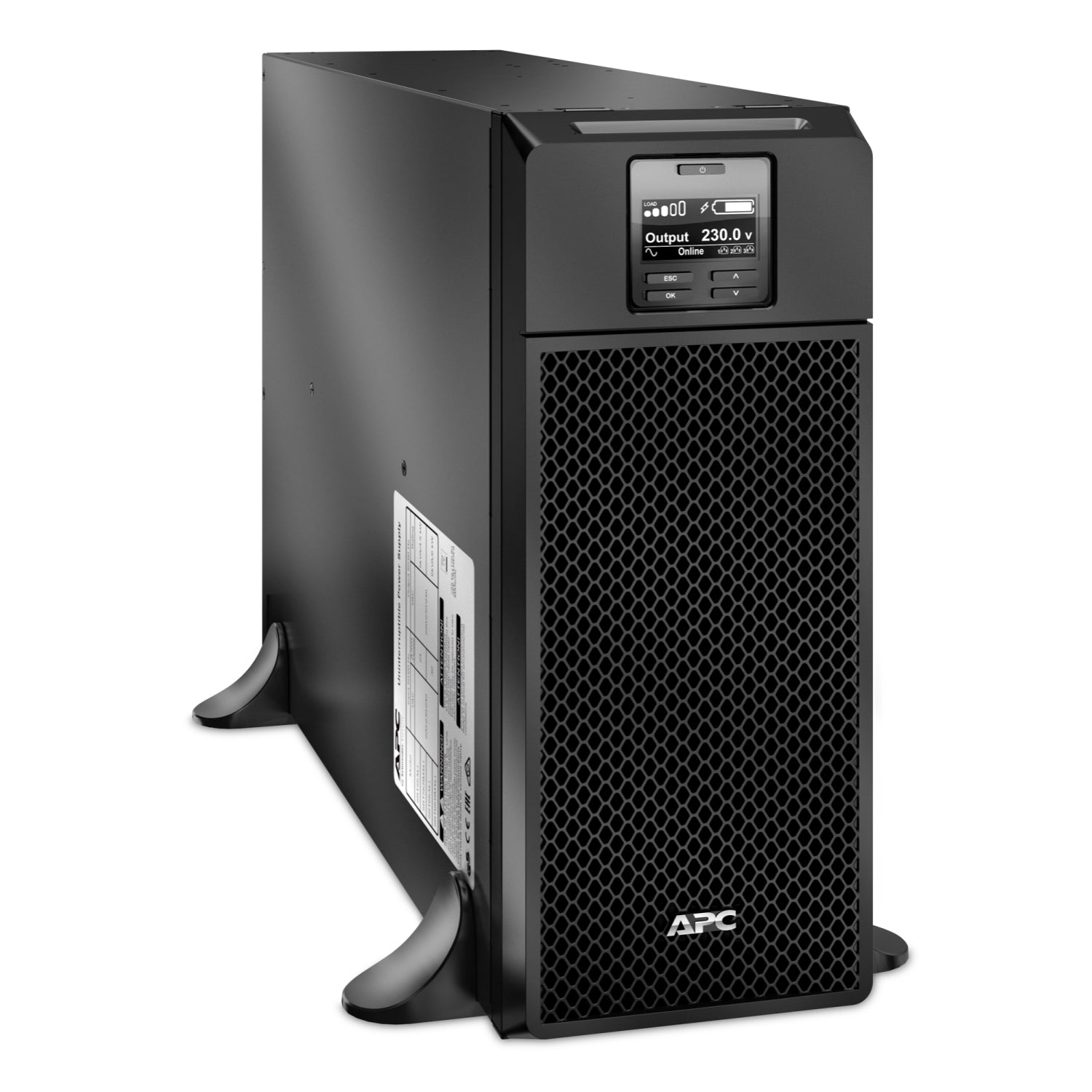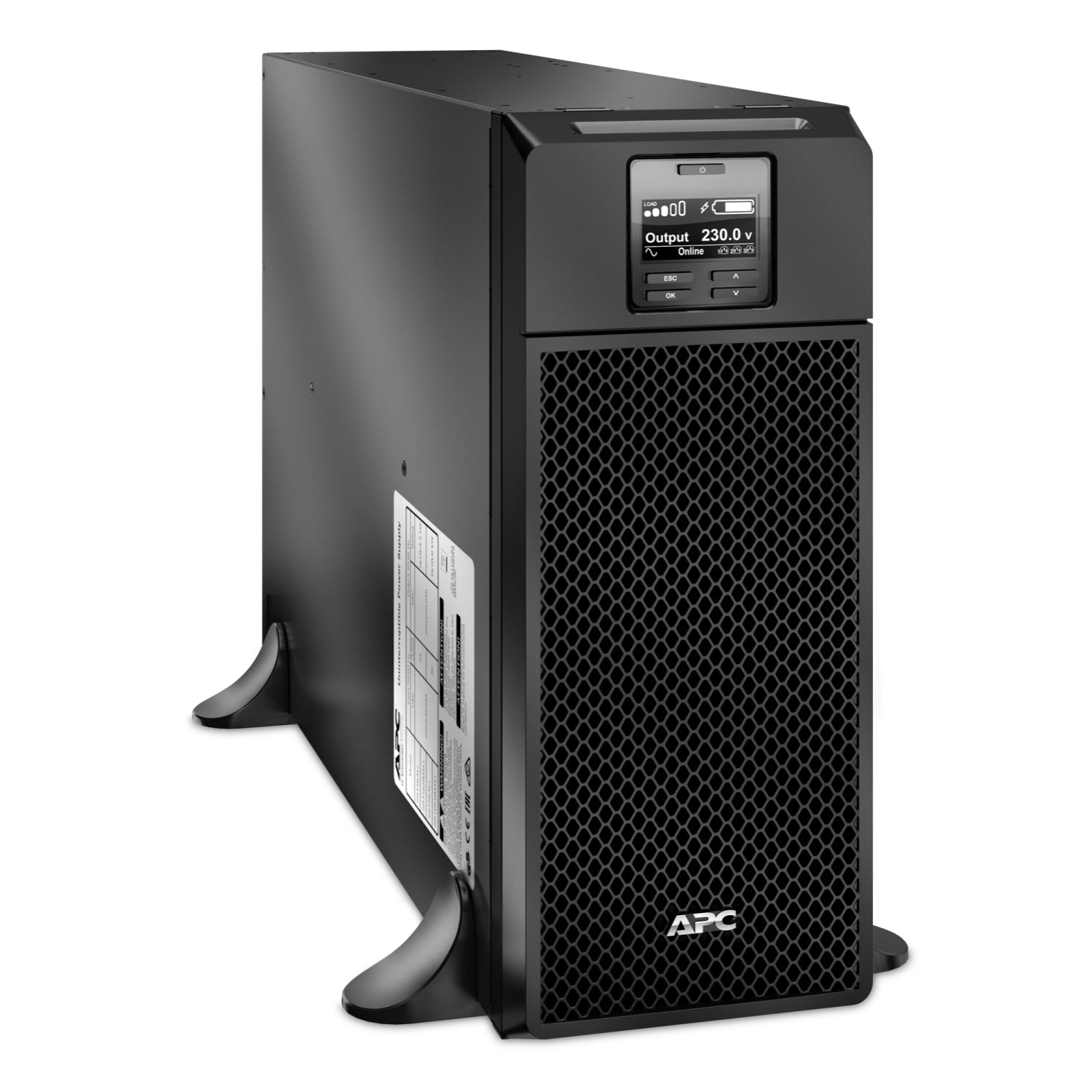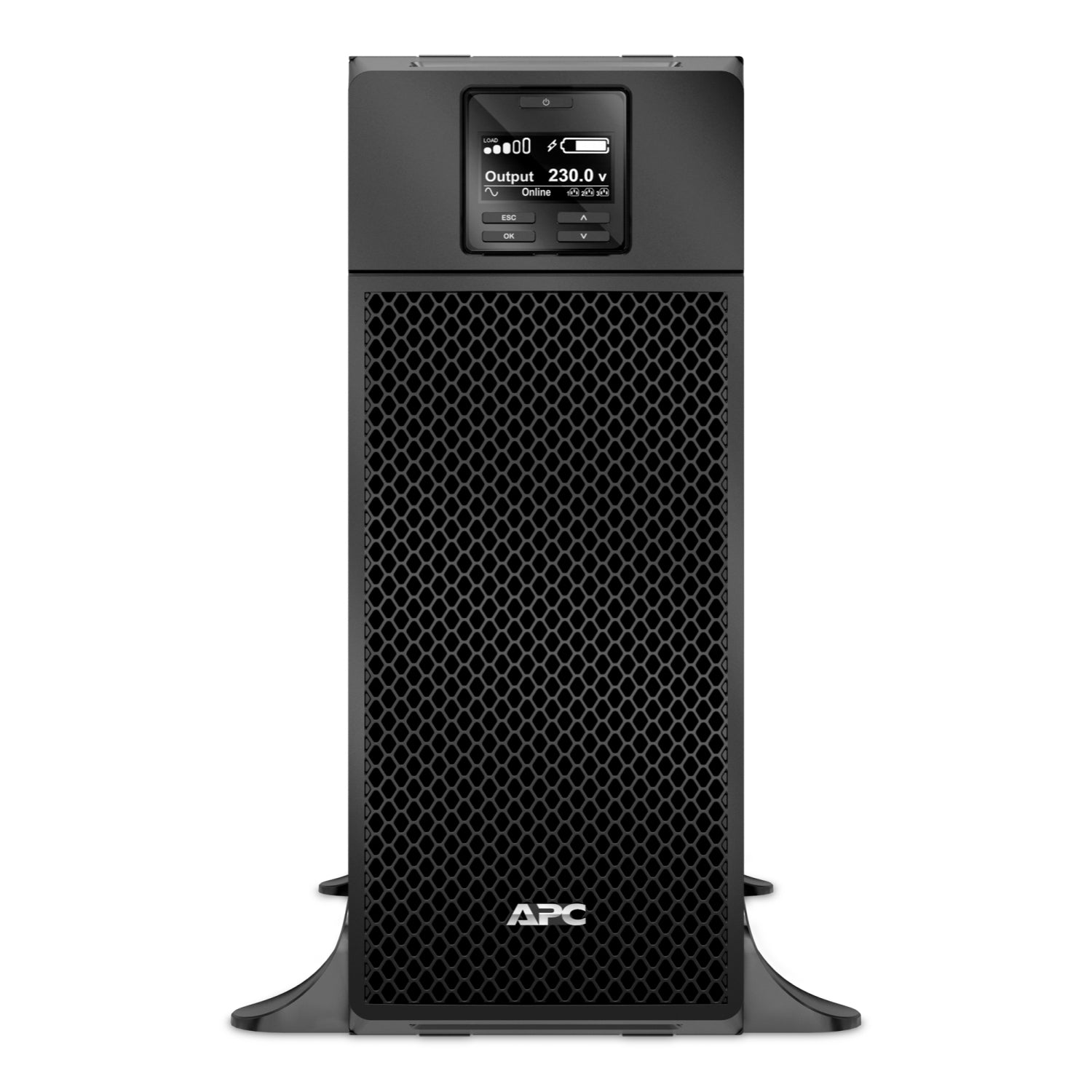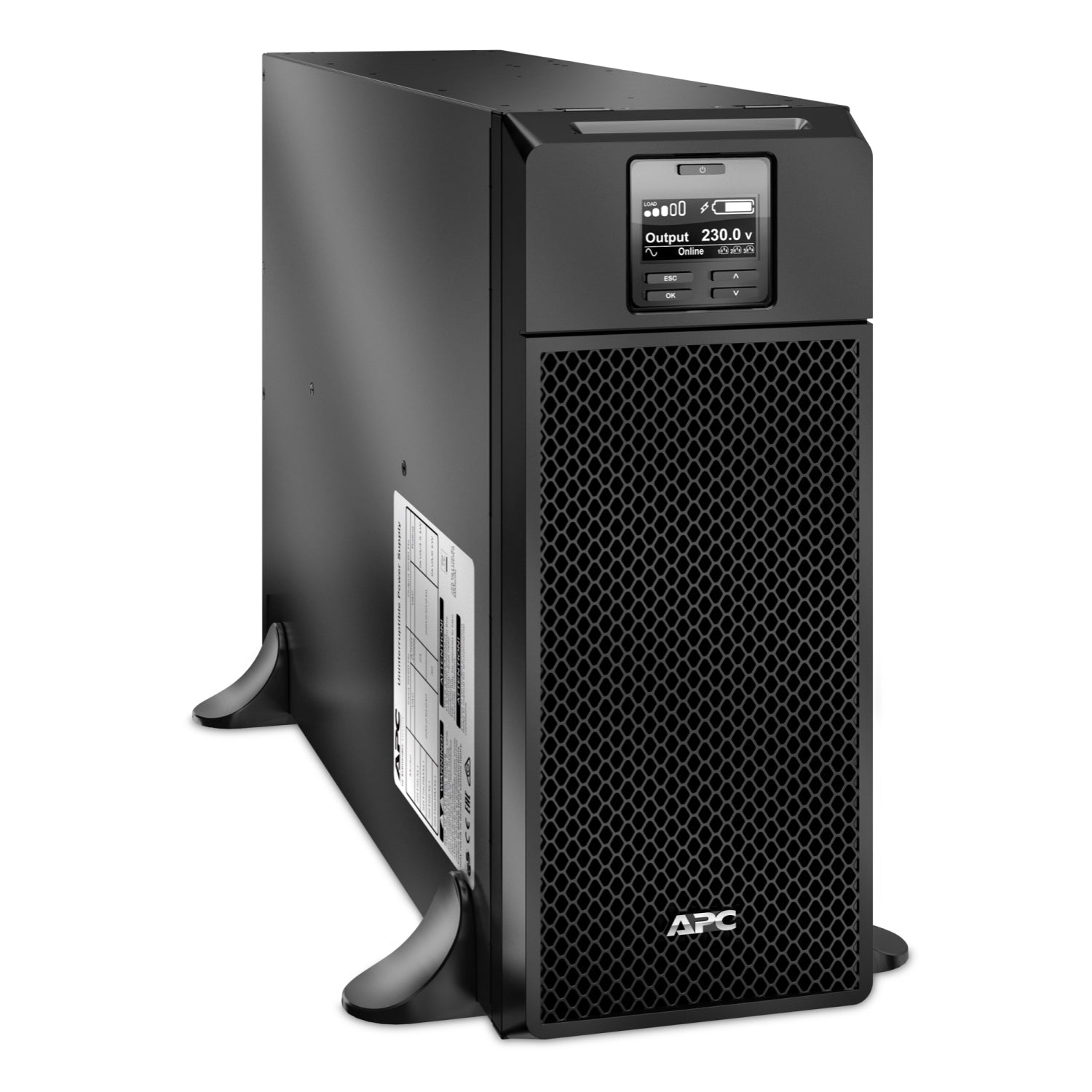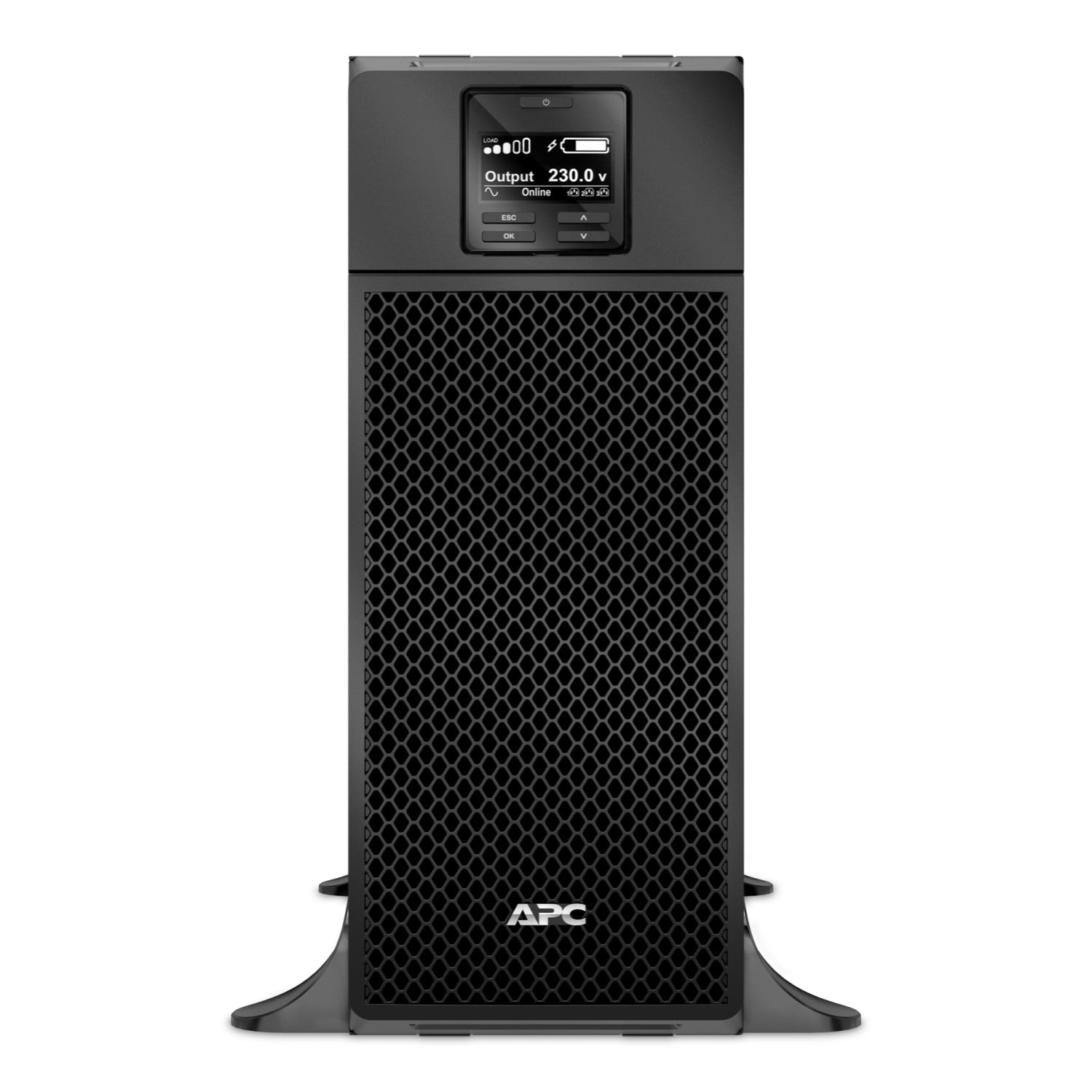APC Smart UPS – Power Solution
APC Smart UPS – Power Solution – The enterprise-grade of uninterruptible power supplies (UPS) made by American Power Conversion (APC).
Most of these UPS units have a SmartSlot (with the exception of SC and SMC series) which accepts an optional interface card providing features ranging from network connectivity to temperature and humidity monitoring with the exception of RT and SRT series,
Many of these UPS units are line-interactive UPS systems, only running their inverters when the grid power is unavailable.
PowerChute software is a proprietary software works with all APC Smart UPS units, which is available for major operating systems.
Every 2-3 years, batteries are required to replace to keep the UPS working at its optimum level.
For UPS Battery Replacement, you can select the original Batteries or the Generic Batteries.
APC UPS FAQ

What are the Power Quality settings for an SMT or SMX Smart-UPS?
Issue:
What are the Power Quality settings for an SMT or SMX Smart-UPS?
Product Line:
Smart-UPS
Environment:
All SMT and SMX models – All Serial Numbers
Cause:
SMT and SMX series Smart-UPS feature a wizard that allows you to configure a “Power Quality” setting during initial set up via the Set Up wizard on the LCD screen.
Resolution:
During initial setup you are prompted to select your “Power Quality”. Power Quality is a combination of High and Low voltage Transfer points along with Sensitivity.
Transfer Points are the High and Low voltage points where the UPS will enable Automatic Voltage Regulation.
If the UPS is unable to regulate voltage within this window, it will then switch to battery.
Sensitivity relates to Total Harmonic Distortion, Frequency drift and Dv/Dt (rapid change of voltage)
Once you select a Power Quality setting you can always change it later via the LCD or a Network Management Card interface. If you want to change the Sensitivity or Transfer Points individually via the LCD interface you would first need to enable “Advanced Menus” via the Configuration menu.
Depending on your particular model and firmware revision your specific parameters may vary.
As an example, on an SMT750C with firmware UPS 03.5 your Power Quality Settings would be as Follows:
GOOD:
Sensitivity – Normal
Low Voltage Transfer Point: 106V
High Voltage Transfer Point: 127V
(NOTE: These are the tightest parameters supported by this UPS. This is the UPS Default.)
FAIR:
Sensitivity – Reduced
Low Voltage Transfer Point: 103V
High Voltage Transfer Point: 130V
POOR:
Sensitivity – Low
Low Voltage Transfer Point: 97V
High Voltage Transfer Point: 136V
(NOTE: These are the widest parameters supported by this UPS.)
PowerChute Network Shutdown VM priority group explained.
Issue:
What are priority groups in PowerChute Network Shutdown?
Product Line:
PowerChute Network Shutdown v4.3, v4.4
Environment:
PowerChute Network Shutdown v4.3, v4.4 configured with VMware vCenter Server.
Cause:
Informational
Solution:
Virtual Machines, virtual appliances and the vCenter Server Appliance can be grouped into priority groups – High, Medium, Low, Group 1, Group 2, and any remaining will be un-prioritized. When VM Prioritization is enabled, an inventory view of the datacenter, clusters, VMs and vApps appears on the left. On the right, the High, Medium, Low, Group 1, and Group 2 priority groups are listed.
You can assign a VM/vApp to a priority group by clicking on a VM/vApp on the left-hand side and dragging it to a priority group on the right. You can select multiple VMs/vApps by pressing the CTRL key on the keyboard while clicking on the VMs/vApps you want to move. You can also click on the cluster icon to select all VMs within that cluster, or click the datacenter icon to select all clusters of VMs/vApps within that datacenter.
Move VMs/vApps between priority groups by dragging them from one group to another. To remove a VM/vApp from a priority group, select the VM/vApp and click the Remove button.
Any VM/vApp in the inventory that is not assigned to a priority group is considered to be Un-prioritized.
If as in the example above the High priority group has a delay set to zero any powered on VMs/vApps that are included High priority group will be skipped. The High priority VMs/vApps will remain powered on. This may be helpful when working with VMs/vApps that need to remain running after the vCenter Server VM is shut down e.g. Storage or Controller VMs. If these VMs/vApps require graceful shutdown, then an external script can be configured via the Shutdown Command file feature in PowerChute to do this. Please note that these VMs/vApps that will not be powered up automatically by PowerChute if VM Startup has been enabled.
NOTE: Setting any priority group with a zero second delay for Migration, Shutdown, and Startup will have the same affect.
Prioritized VM Operations Sequence:
For VM Migration and VM Startup, the order in which priority groups are processed is as follows:
High priority VMs are Migrated and Started first, then Medium and so on.
For VM Shutdown the order in which priority groups are processed is:
Un-prioritized are shutdown first, then Group 2 and so on.
Recently viewed
Interested to know we can help you to leverage on IT to improve your business productivity, scalability and profitability?
Contact us now
